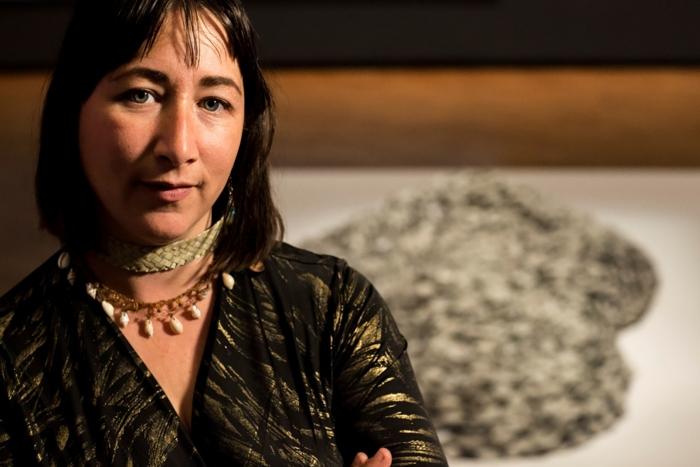Over the last decade, the Memorial’s Aboriginal and Torres Strait art collection has been developed through a strategic acquisitions program. There are currently more than 140 artworks created by Aboriginal and Torres Strait Islander artists in the National Collection.
The large scale painting Kulatangku angakanyini manta munu Tjukurpa [Country and Culture will be protected by spears] was commissioned in 2017, with 19 senior male artists from Anangu Pitjantjatjara Yankunytjatjara (APY) lands telling their story of Aboriginal Australians defending Country. This work of art is on display in the Memorial’s foyer, making it one of the first things visitors encounter when they visit the Memorial.
The National Collection also holds works of art produced by the first Aboriginal and Torres Strait Islander official war artists. Tony Albert (Girramay/Kuku Yalanji) was attached to the Army's Regional Surveillance Force North West Mobile Unit (NORFORCE) in 2012; Badu Island artist Alick Tipoti (Kala Lagaw Ya) was attached to the 51st Battalion, Far North Queensland Regiment in 2016. In 2017, Megan Cope (Quandamooka) was appointed the Memorial’s first Aboriginal official war artist to be deployed overseas.
The Aboriginal and Torres Strait Islander art collection creates an opportunity for truth-telling, healing, storytelling, and interpretation of the history of military service and experiences of Indigenous Australians, an important part of the Memorial’s mission to commemorate the service and sacrifice of all Australians.

























